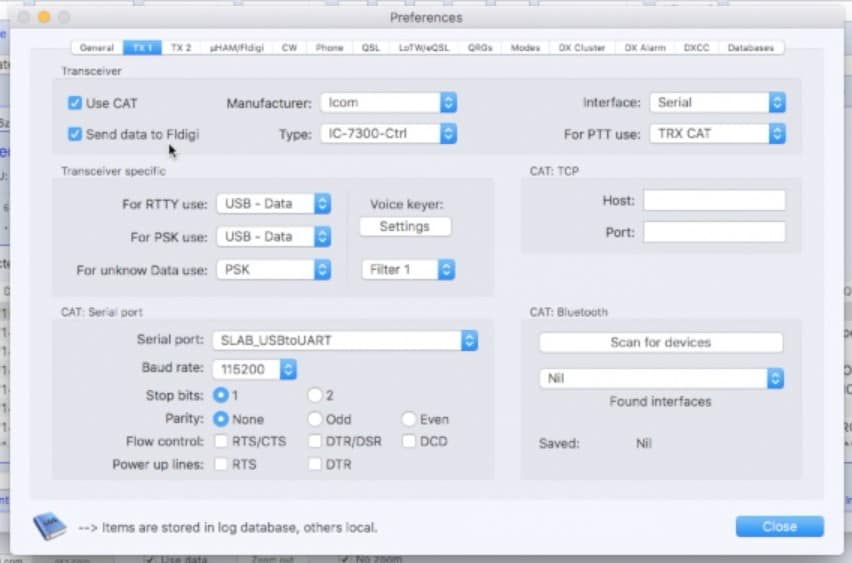

The POTA database tries to identify Park to Park contacts automatically by matching two QSOs between two operators in different parks within a certain timeframe. In general, submitting a plain ADIF file is sufficient, but may not give you all the Park to Park credits you’ve earned. In RUMlogNG, this is done using the Logbook>New menu item, or ⌘N. A line in my log may look like this:Īfter the activation, when I am at my computer I start my logging application RUMlogNG (this is only available for macOS systems), and I create a new log book.


For a Park to Park contact, I also log the park reference number. While I am making contacts, all I write down is the abbreviated time – I only write down the minutes – the call sign, the outgoing and received signal report and the state. In addition to that, I log my operating frequency, and when I change frequencies, I create a new line with the new frequency. All that information gets written at the top of my activation log.
RUMLOGNG CONTEST FOR ANDROID
The apps just mentioned work on my iPhone, there are similar apps available for Android phones. The first thing I do when arriving at my operating location is to get a few pieces of information from my phone: The grid square I am in (using the HamSquare app), the county I am in (using the Where Am I app) and the correct UTC date and time (using the Pilot Time app). So, don’t clean out your car too often or you will not have a backup for your logbook 🙂 Things like gas receipts, parking passes or old shopping lists, even paper napkins from fast food restaurants all work for this purpose. Even when my log book fails (because I left it at home), there are usually enough scraps of paper in the car that I can log an activation.

This is to eliminate one more device that can fail during an activation. It’s not the only way to do this, and it may not be the best way, but it’s what I’ve developed over about 18 months, with more than 60 activations. The following process is what works for me. RUMlogNG interacts with Clublog and keeps your online log synchronized in real time.I am a POTA activator, which means that in addition to just logging for my own benefit, I also have to submit an ADIF file to my POTA regional coordinator. RUMlogNG has import and export functions to allow exchange of log data to other logging tools.Įxcept the DXCC statistics, RUMlogNG tracks the most interesting areas of the world for the most important awards: IOTA islands, CQ zones, ITU zones, Grid Squares, US States, US Counties, German DOKs and more. microHAM devices are supported, the MKII and DKII are fully configurable. More controls are provided for the Elecraft K3, KX3, KX2 and the Icom IC-705, IC-7300, IC-7610 and IC-9700. Kenwood, Elecraft, Yaesu and Icom transceivers are supported. RUMlogNG can interface with your transceiver, setting the main parameter on your TRX from the logbook or vice versa. RUMlogNG will separate DX-spots and alert you ,new one' DXCC or IOTA spotted. A simple terminal is integrated for a Packet Radio connection. RUMlogNG can establish a dx-cluster connection via the internet or to your local skimmer. Quick log searches or more detailed log queries and export routines are possible. RUMlogNG keeps you up to date about worked, confirmed or missing DXCCs and provides you with country lists and detailed statistics. Provisions are made to query the qrz.com or online library. RUMlogNG can use the K7PT dx activity and QSL manager database to inform you about current dx activities and it can build and use an own manager and IOTA database, extracting the information from dx-cluster spots.
RUMLOGNG CONTEST DOWNLOAD
It's just a mouse click to upload or download new QSLs to/from eQSL or LoTW. You can get different statistics for paper- or LoTW QSLs. The Logbook of The World (LoTW) and eQSL are fully supported, and you can create files for the Global QSL service very quick. Using RUMlogNG you can print QSL label and manage your incoming paper QSLs.
RUMLOGNG CONTEST FULL
Work in your favorite contests or run a dx-pedition using RUMlog, including full scoring and ESM mode. Clublog data are used for automatic DXCC recognition.įour user definable logging fields are available for your convenience. RUMlogNG can handle an unlimited number of logs and an unlimited number of QSOs per log. Basic logging features are included for the higher bands up to 1.2 cm and for satellite. RUMlogNG is a HAM radio logging, QSL handling and printing tool, especially made for the short wave DXer, made by a DXer.


 0 kommentar(er)
0 kommentar(er)
